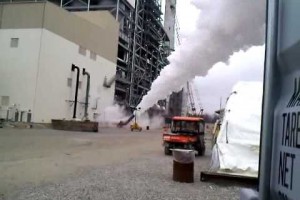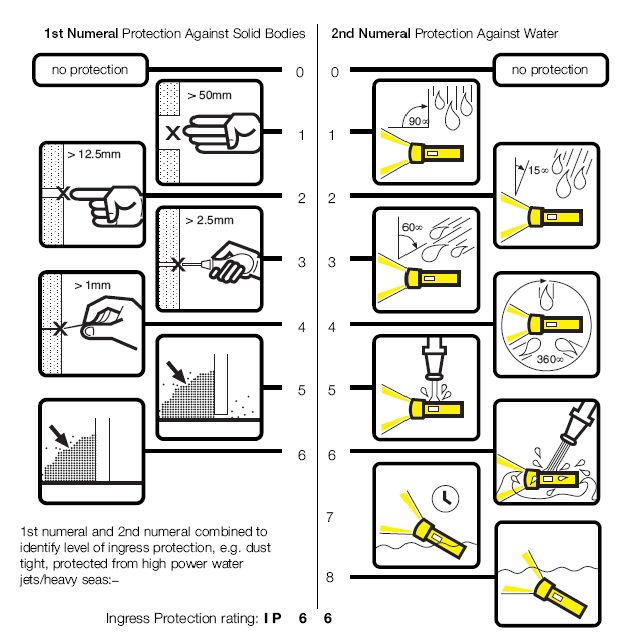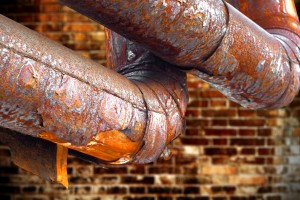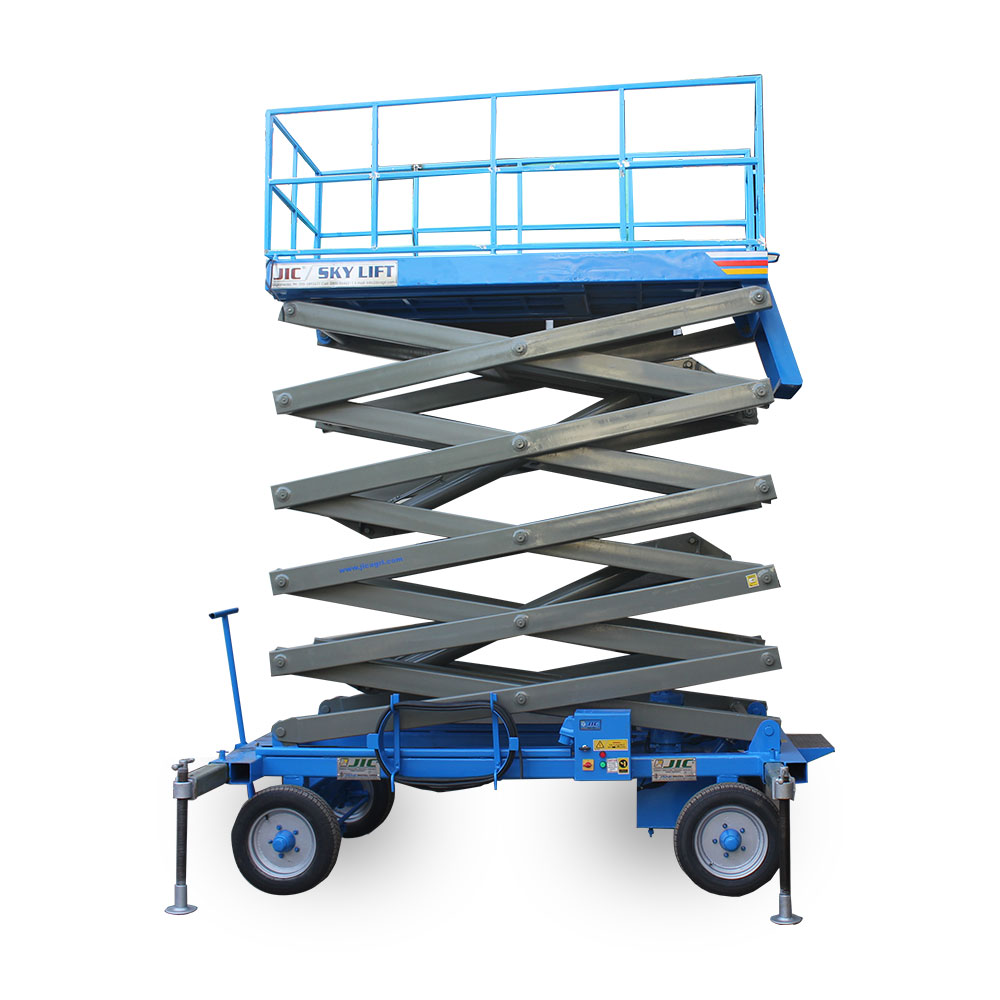A pump leak occurs when fluid leaks out of a pump through its seals, which are designed to prevent the fluid from escaping. Pump leaks can have significant impacts on the pump's operation and the system it is a part of. Therefore, it is essential to detect and repair leaks promptly to prevent these issues from occurring. Regular maintenance and testing of pump seals can help prevent leaks from occurring and ensure the smooth operation of the pump and its associated system.
Table of content:
Causes of pump leaks
Seal leakage tests for detection of pump leaks
Prevention of pump leaks
Causes of pump leaks
A pump leak can lead to a drop in fluid pressure within the system, which can reduce the pump's efficiency and output. This can result in increased energy costs as the pump has to work harder to achieve the desired flow rate. The decreased pressure can also cause other components in the system, such as valves and actuators, to malfunction.
A pump leak can cause damage to the surrounding environment. If the fluid being pumped is hazardous or toxic, a leak can pose serious health risks to people or wildlife in the area. Moreover, if the fluid reaches nearby water bodies, it can contaminate them and cause environmental damage.
A pump leak can lead to increased maintenance costs. If the leak is not detected and repaired promptly, it can cause further damage to the pump's components. This can resulting in more extensive repairs or even the need for a complete replacement. Additionally, if the pump is part of a larger system, a leak can cause damage to other components, resulting in increased repair costs.
Seal leakage tests for detection of pump leaks
Detecting pump leaks early is critical to preventing further damage to the pump and the surrounding environment. Different testing methods can be used to identify pump leaks and ensure the safe and efficient operation of the pump system. Here are some common methods for detecting pump leaks.
Static testing: This method involves measuring the amount of fluid leakage when the pump is not in operation. The amount of leakage from a seal can be measured under static conditions, which means the shaft is not rotating. A flow meter or pressure sensor can be used to detect any fluid loss or pressure decay. The amount of leakage can be compared to the manufacturer's specifications to determine if the pump is operating within acceptable limits. This type of testing is useful for identifying leakage issues before the pump is put into operation.
Dynamic testing: This method involves measuring the amount of fluid leakage when the pump is in operation. Performing a leak test under dynamic conditions is more challenging, but it is often necessary since the seal may leak more due to vibration or shaft alignment issues during operation. These issues can cause the seal to move around, increasing the chance of fluid leakage. This method can provide a more accurate assessment of the pump's performance.
Liquid replacement test: This method involves replacing the liquid working fluid with air and increasing the air pressure to the PSI at which the liquid would be used in normal operation. Since the viscosity of air is lower than that of the liquid working fluid, this test can result in a higher leakage rate than would occur under normal operating conditions.
Visual inspection: This method involves visually inspecting the pump and the surrounding area for signs of fluid leakage. Signs of leakage can include wet spots, discoloration, or corrosion on the pump or the surrounding equipment.
Acoustic testing: This method involves using ultrasonic sensors to detect changes in the sound waves generated by the pump. Changes in sound waves can indicate the presence of leaks or other problems with the pump.
Thermal imaging: This method involves using an infrared camera to detect changes in temperature around the pump. Changes in temperature can indicate the presence of fluid leakage or other problems with the pump.
Prevention of pump leaks
Prevention and repair of pump leaks are essential to ensuring the safe and efficient operation of the pump system. Here are some common prevention and repair methods for pump leaks.
- Proper installation of pump seals is critical to preventing leaks. Ensure that the seal is correctly aligned with the shaft and that the proper amount of lubrication is applied. Follow the manufacturer's installation instructions carefully.
- Regular maintenance can help prevent leaks and extend the life of the pump. Check the seal for wear and tear regularly and replace it if necessary. Inspect the pump and the surrounding equipment for signs of corrosion, vibration, or misalignment.
- Upgrading or retrofitting the pump system can help prevent leaks and improve its overall efficiency. Upgrades may include replacing worn or damaged seals, installing more efficient pumps, or upgrading the pump control system.
- If a pump seal is found to be faulty or leaking, it should be repaired or replaced immediately to prevent damage to the pump and the surrounding environment. In other cases, a more extensive repair such as replacing the seal may be necessary.





